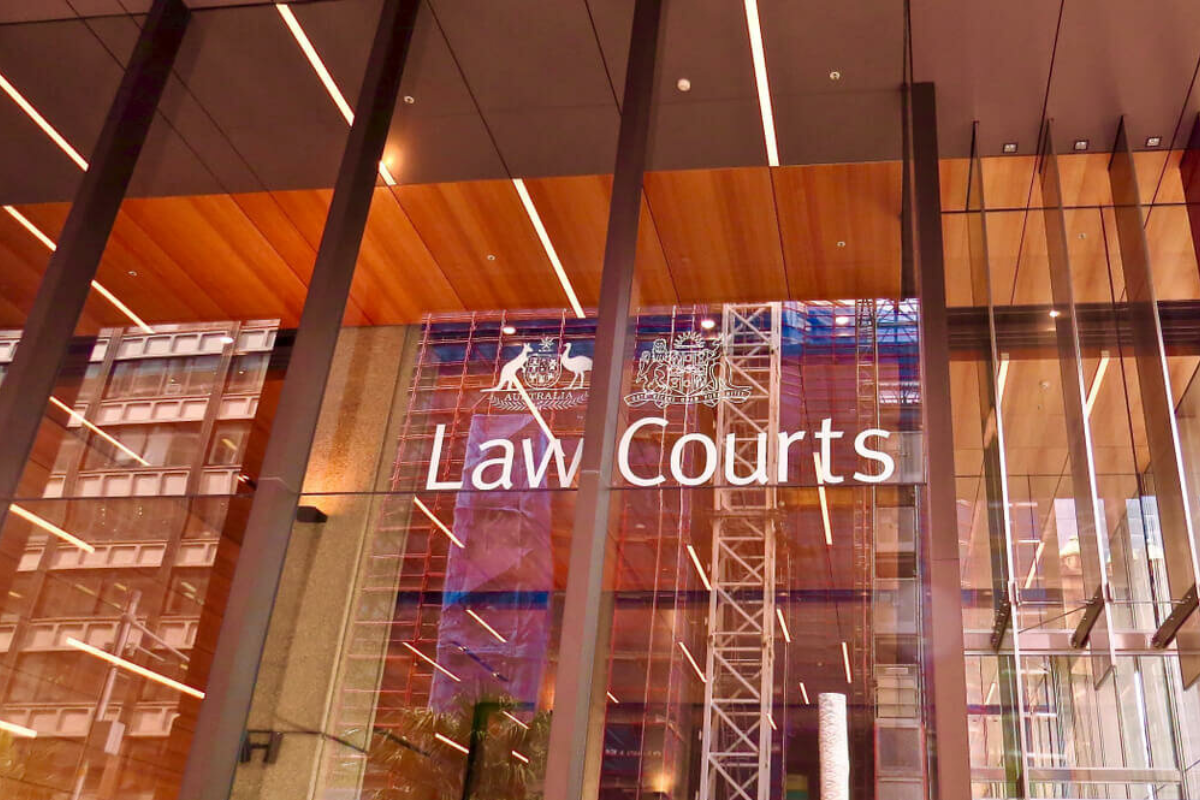
The Industrial Relations Amendment Bill 2023 (NSW) (Bill), passed in the last sitting week of 2023, heralds the re-establishment of the previously dismantled NSW Industrial Court (NSWIC). We can expect to see the NSWIC, which will be equipped with broad ranging powers, adjudicating over work health and safety (WHS) prosecutions from early 2024. This announcement has stirred controversy, with many questioning the need to re-establishing a body that was only dismantled in 2016. To better understand the announcement and the controversy surrounding it, this article will step through the purpose of the Bill, the role the NSWIC will play, and the likely consequences.
Purpose of the Bill
As described by Industrial Relations Minister Sophie Cotsis, the Bill is aimed at ushering in “meaningful improvements” to workers’ wages and conditions. It is hoped that the reforms brought under the Bill will attract more frontline workers to critical roles and address attrition rates exacerbated by the wage caps introduced by the previous State Government.
Nature of the Court
Aside from re-introducing the NSWIC, the Bill includes structural changes to the Industrial Relations Commission (IRC). Most significantly, the office of the Chief Commissioner will be abolished and replaced with the offices of President, Vice-President, and Deputy President as judicial members of the NSWIC.
There will also be a transfer of certain jurisdiction from the Supreme Court, the District Court, and the IRC to the Industrial NSWIC. Key jurisdictional changes will result in the NSWIC having the broad power to:
- Exercise judicial functions including proceedings for an offence against any industrial legislation, unfair contracts, and proceedings for declaration of right.
- Deal with criminal offences and civil contraventions under WHS, worker’s compensation, workplace surveillance and explosives legislation.
- The court may exercise functions of the Supreme Court in relation to apprehension, detention, and punishment of persons guilty of contempt of the IRC.
- Make declaration of law in respect of any matters over which the IRC has jurisdiction.
- Make orders in respect of underpayment claims in excess of the small claims limit.
- Deal with appeals in accordance with certain superannuation legislation; and
- Deal with Category 1 prosecutions against corporations.
Essentially, the only WHS prosecutions that will remain in the District Court of NSW are the Category 1 charges brought against any individual, principally because of the potential for a custodial sentence to be imposed. The NSWIC will act as a superior court of record with equivalent status to the Supreme Court and the Land and Environment Court.
This is clearly a huge shift in the way WHS claims are processed and it has consequently caused some controversy. What does this shift ultimately mean for the employment space?
Consequence of NSW Industrial Court
In 2016, when the NSWIC was initially dismantled, the jurisdiction for hearing WHS prosecutions was transferred to the District Court. A limited number of judges were allocated to hear matters related to this jurisdiction, which acted as a cap on the number of prosecutions that could proceed. The re-established NSWIC will once again exclusively hear matters related to WHS prosecutions, likely meaning that we will see a significant increase in the number of cases being heard, due to increased court capacity.
The NSWIC may also be considered more accessible by parties than the Supreme Court, which may translate into greater activity within that jurisdiction. Further, this change comes at a time where we are expecting to see increased WHS maximum penalties in NSW as of July 2024.
It is likely that the confluence of these elements will see a large surge in WHS prosecutions once the NSWIC is operational. This surge will coincide with harsher penalties for those who are successfully prosecuted. Additionally, the NSW Supreme Court and leading legal figures have taken issue with government’s characterisation of the Court as ‘legalistic, slow, and costly’. They have condemned this as an attempt to tarnish the Court’s reputation and argue that the Court remains fit to deal with industrial issues, citing the expertise of the Court in industrial law matters.
Conclusion
Viewed holistically, it becomes clear why there has been controversy surrounding the re-establishment of the NSWIC. Time will tell whether it can achieve the outcomes the government has laid out before it. Accordingly, this is a space that will develop very quickly and one that the Workplace team at M+E will watch closely. If you have any questions or concerns, surrounding the re-establishment of the NSWIC, please do not hesitate to reach out to Daniel Morgan (daniel@morganenglish.com.au) today.


